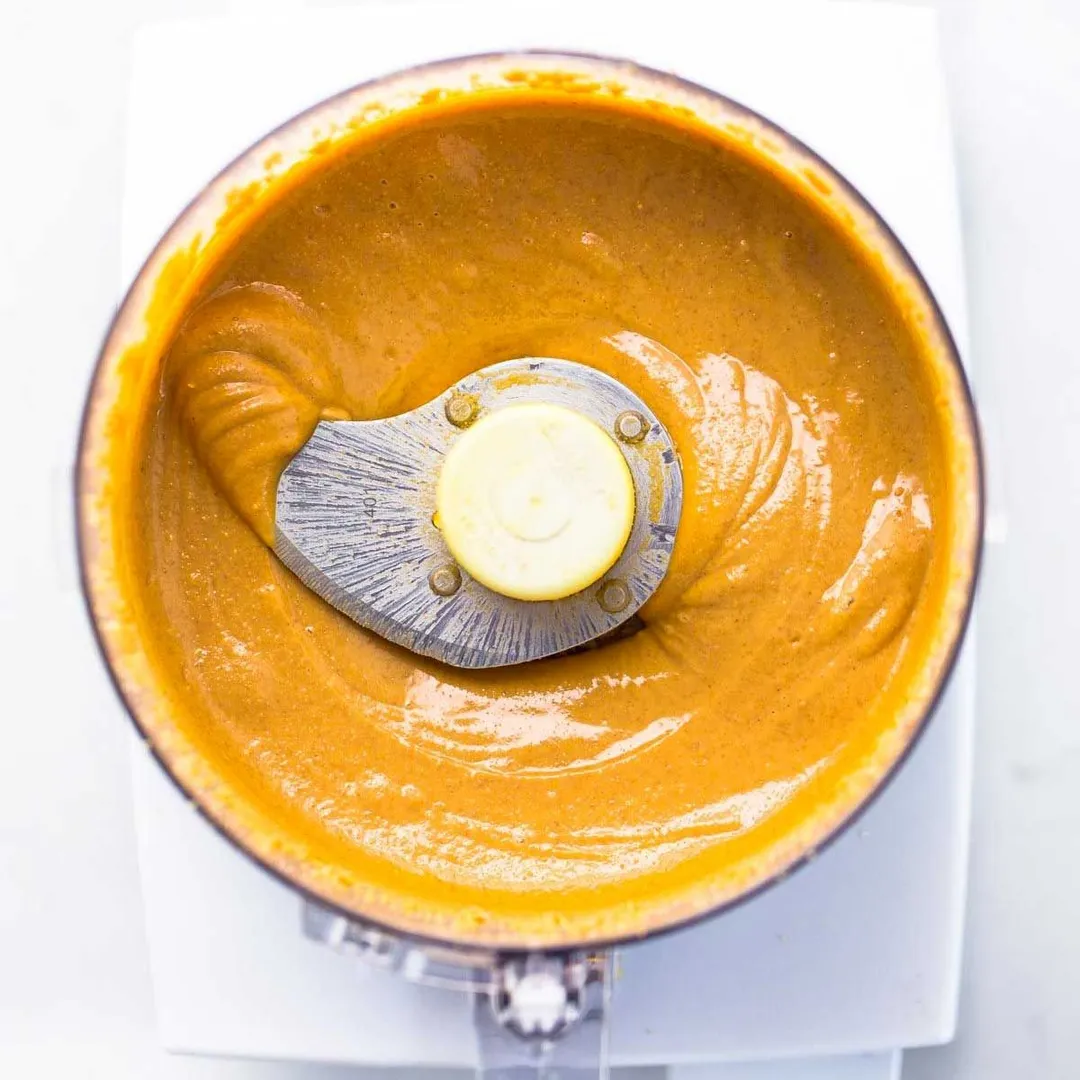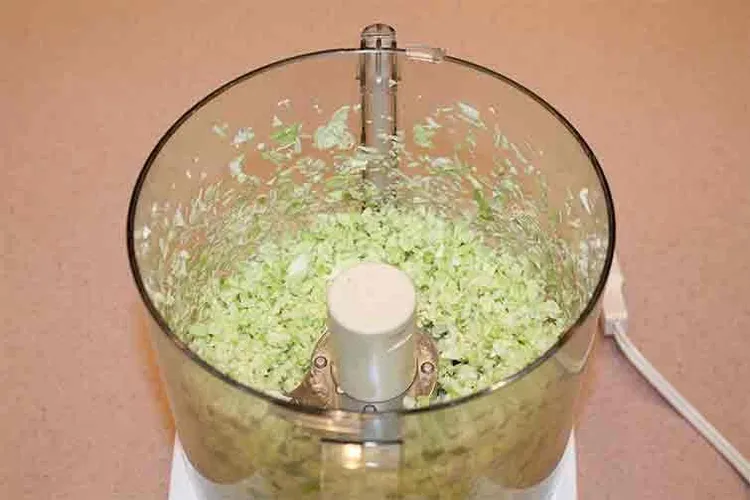Our recommendations are made independently through Research & Testing. We may receive commissions from purchases made via our links.
How to Use Food Processors: 7 Things that Are Worth Buying a Unit For
Though the appliance has been around the American kitchens for decades, not everyone knows how to use food processors to their full potential.
Top of the morning to you all! It’s Healthy Kitchen 101, back again with more to share.
Today’s topic is food processors and things we can do with them— or in other words, how to use food processors. In case you’re not that familiar with the appliance, our food processors review might help.
Pretty much everyone has a food processor at home, judging not only by the fact that most of the people we know have one but also by the increasing sales of the appliance. However, not all of us know how to exploit them to the fullest, how to optimize their abilities in the kitchen.

Now certainly, there are users that are quite experienced already, meaning they know all the tricks and tips. And that’s great. Still, for those who are beginners or just curious about what the machine can do (you know, so they can decide whether to buy one), this read might prove to be much of use.
And to you folks that are used to these processors, you should stick around too. Take a quick scan over the content, who knows you might find something interesting.
How To Use A Food Processor
Grinding Meat
Unlike vegetables, meat has a much tougher and more rubbery texture. Cutting up or mincing meat is always a messy and trying task, at least for the novices.
But none of that matters when it comes to the food processor. All you have to do is toss the “protein chunks” in and PULSE! With minimal mess and minimal effort, the ground results will be perfect for whatever you’re making.
Safety note: if you don’t use the ground meat immediately, regrigerate or freeze it to keep it fresh and prevent the growth of bacteria, especially with ground beef.
Most food processors above 8 cups can handle meat with ease. However, the smaller ones— the mini choppers— have weaker motors so it can be a little more difficult. Here’s a little tip that can go a long way: cut the meat into small chunks, refrigerate them till firm then bring them to grind. It’s much easier that way.
Chopping/Shredding/Slicing/Grating Cheese, Vegetables, And Fruit.
Your only job while using a food processor is to make sure that the machine has all the proper conditions in order to function, i.e., space, power source, competent command of the machine, and required extensions.
Do keep in mind that only medium to large size processors have the disc set for the aforementioned tasks. Mini choppers, due to the lack of attachments, are not as capable. That said, they can still do quite a fine job at chopping up produce.
Different models offer different extensions. Ascertain that the product of your choice has the tools for the job.
There are a few tricks to further ease the prepping steps with a food processor. The feed chute, as handy as it is, certainly has certain curbs. Take a look at how to shred cabbage to get a firm grasp on the matter. You should certainly find the information to be helpful in the future.
Making Salads & Dressings
“Bliss”— that’s how people often describe making salads and dressings with a food processor, especially with coleslaws and the like.
Simply use the discs that come with your unit and within seconds, the veggies and fruit will be all cut down to small and even slices. Sometimes, you won’t even need a knife and cutting board.
Dressings are even more effortless. Just put on the S blade, add everything in, and PULSE! It’s fast and minimal monitoring is needed as there is not much to be concerned about. You’ll be surprised at how much time can be saved.
The only catch here is not all salads are made faster with food processors. As you can imagine, sometimes one is better off with a knife. That said, you can rarely do wrong using a food processor when making dressings.
Making Sauce, Dips, And Others.
Similar to dressings, any type of sauce or dip is no trouble at all. The main steps of their making are mostly chopping, dicing and mincing. And what do food processors do best? Just that!
In a matter of a few minutes, we can whip up a dip as refreshing as salsa or a sauce as delicious as tomato sauce (save for the cooking part). All you have to do is PULSE.
Making Dough
Here’s what you must absolutely have in order to make dough with a food processor: electricity (which really goes without saying), flour, water, and about 1 to 2 minutes of your life.
Yep— that’s how quick and non-demanding it is.
You need only worry about applying a thin layer of cooking spray or oil and maintaining a slow and even water input. The rest can be left to the machine.
However, dealing with fibrous materials from fruits or vegetables doesn’t require the motor running continuously. Making dough, on the other hand, does.
The process can easily strain the motor and force it to shut down as dough is pretty sticky; plus, the process takes some time to finish. So don’t add flour more than half the capacity of the machine to avoid overloading.
Making Nut Butter
How extraordinarily little the amount of work required to make nut butter and dough is one of the main reasons that food processors are acquired. You can see how foolproof it is to churn a dough ball in a processor unit, right?
Now we’re telling you that it is even more effortless to make nut butter.
Take peanut butter for example. Here are all the things that you need: roasted peanuts. And that’s it!

Put the peanut in the work bowl, pulse a few times, then push the button that keeps the machine running for about 30 seconds. That’s when it gets a bit oily. Then run it again till it begins to turn into regular peanut butter (another 30 seconds). Season to your own taste with salt or sugar.
Making Crumbs
This one is straightforward. What could be better than a food processor in crushing dried bread or oreo into little particles? The S blade that is exclusive to the appliance is what makes it better than other appliances in reducing cruchy food to fine bits.
Throw in the bread, cookies, crackers… You name it! The sole thing that stands between them and delicious, versatile crumbs is a little time.
Authors
Luna Regina is an accomplished writer and author who dedicates her career to empowering home cooks and making cooking effortless for everyone. She is the founder of HealthyKitchen101.com and HealthyRecipes101.com, where she works with her team to develop easy, nutritious recipes and help aspiring cooks choose the right kitchen appliances.



